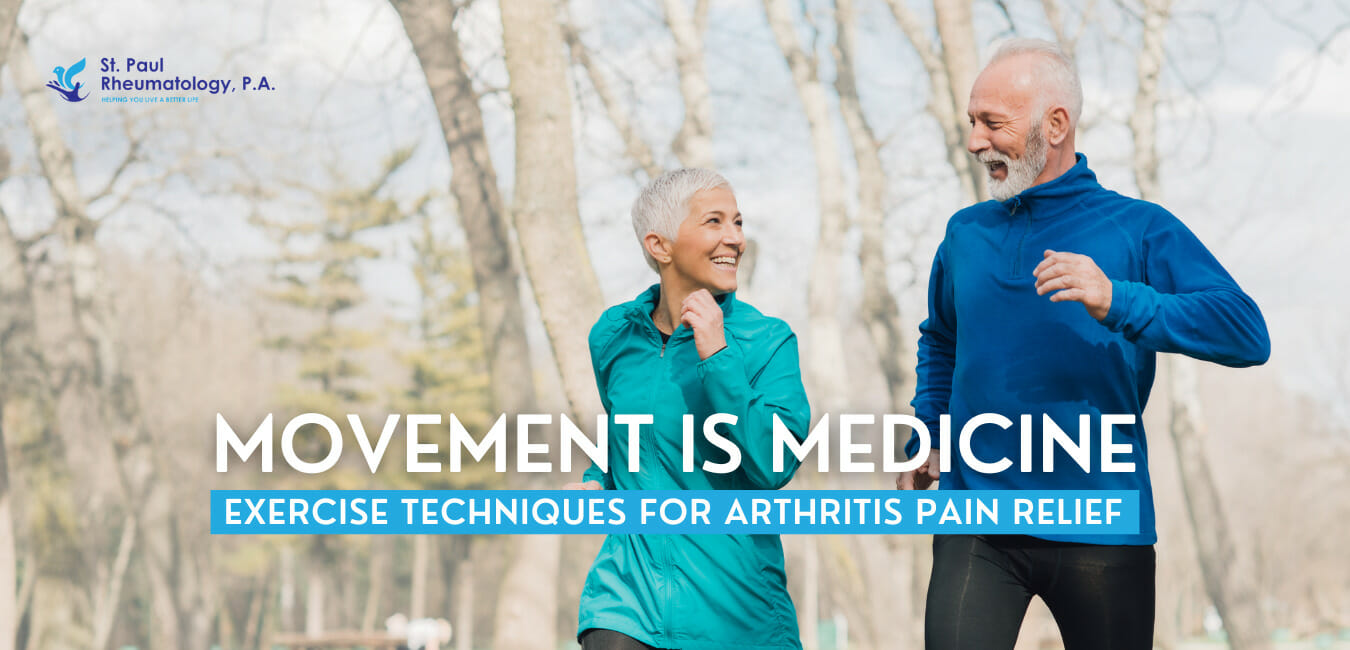Living with arthritis can be challenging, but arthritis exercise offers a natural and effective way to manage pain and improve joint function. In this blog, we’ll explore various exercise techniques tailored to alleviate arthritis discomfort, enhance mobility, and contribute to a better quality of life.
Understanding Arthritis
Arthritis is a common condition characterized by joint inflammation, stiffness, and pain. There are numerous types of arthritis, including osteoarthritis, rheumatoid arthritis, and psoriatic arthritis, each with its unique causes and symptoms. While there is no cure for arthritis, adopting a proactive approach to managing symptoms can significantly improve daily life.
The Benefits of Arthritis Exercise
Engaging in regular physical activity has been shown to offer a host of benefits for individuals with arthritis. Exercise helps maintain joint flexibility, strengthen muscles, and reduce stiffness. It also contributes to weight management, which is crucial for minimizing stress on joints. Moreover, exercise releases endorphins, natural pain-relieving hormones that can improve mood and overall well-being.
Low-Impact Activities
For individuals with arthritis, low-impact exercises are often recommended. These activities are gentle on the joints while providing the necessary movement for pain relief and joint health. Walking, swimming, and cycling are excellent examples of low-impact exercises that can be easily incorporated into daily routines.
Range-of-Motion Exercises
Range-of-motion exercises focus on moving joints through their full range of motion. These exercises help maintain flexibility and prevent stiffness. Gentle stretches, yoga, and tai chi are valuable techniques that promote joint mobility and relaxation.
Strength Training
Strengthening muscles around affected joints can provide additional support and stability. Strength training exercises should be performed with proper form and gradually increased in intensity. Resistance bands, light weights, and bodyweight exercises are effective tools for building muscle strength without putting excessive strain on joints.
Aquatic Exercise
Water offers a buoyant environment that reduces the impact on joints while providing resistance for strengthening. Aquatic exercises, conducted in a pool, allow individuals with arthritis to perform movements that might be challenging on land. Water aerobics, water walking, and swimming are excellent options for arthritis-friendly workouts.
Cardiovascular Exercise
Cardiovascular exercise, also known as aerobic exercise, is essential for overall health and well-being. Engaging in activities that elevate the heart rate, such as brisk walking, stationary cycling, or using an elliptical machine, can improve cardiovascular fitness and support weight management.
Balance and Coordination Training
Arthritis can affect balance and coordination, leading to an increased risk of falls. Balance and coordination exercises, such as standing on one leg, heel-to-toe walking, and balance board exercises, help improve stability and reduce the risk of injuries.
Mind-Body Techniques
Mind-body techniques combine physical movement with mental focus, promoting relaxation and reducing stress. Practices such as yoga, tai chi, and Pilates emphasize mindfulness, deep breathing, and gentle movements that can ease tension and improve joint mobility.
Listening to Your Body
While exercise is beneficial for arthritis pain relief, it’s essential to listen to your body and avoid overexertion. Start slowly, and gradually increase the intensity and duration of your workouts. If you experience pain that is more than mild discomfort, it’s crucial to modify or stop the activity and consult your healthcare provider.
Incorporating Arthritis Exercise Into Daily Life
To reap the benefits of arthritis exercise, it’s important to make physical activity a consistent part of your routine. Set achievable goals, create a balanced exercise plan that includes a variety of techniques, and consider working with a fitness professional who has experience in working with individuals with arthritis.
Consulting a Healthcare Provider
Before beginning any new exercise regimen, especially if you have arthritis, it’s recommended to consult your healthcare provider or a physical therapist. They can provide personalized recommendations based on your specific condition, limitations, and goals.
Final Thoughts
Arthritis exercise is a valuable tool for managing pain, improving joint function, and enhancing overall well-being. By incorporating a variety of exercise techniques, individuals with arthritis can experience increased mobility, reduced discomfort, and a better quality of life. With proper guidance, consistency, and a focus on individual needs, movement can truly become a powerful form of medicine for those living with arthritis.
